testing
zu testzwecken
- 89 Posts
- 10 Comments
deleted by creator
 1·26 days ago
1·26 days agoand let me say this: daisy rockwell is an award-winning translator, mastering different genres and writing styles with ease > your downvoting pattern is ultimately toxic, and it testifies to your ignorance more than to the respective post you dared to downvote without any further reading
downvoters should be made visible again on mbin: trolls should not be allowed to interfere behind the curtain of invisibility > anyway, bs like this had never happened on kbin.social’s poetry magazine …
 1·26 days ago
1·26 days agostraight downvoting non-english poetry just one minute after it has been posted is ultimately narrow-minded > you have done this before … whoever you are, you are out of touch with international poetry, let alone standards of communication > if you do not enjoy international poetry, or non-english poetics is not to your liking, go somewhere else
no favorites - there are just so many amazing masters of poetry > i like to discover, and if there’s some humor in it, the better :)
i have been on fedia.io for a long time, also owning the history magazine here > it had been dormant until recently - it was originally intended as a complement to kbin.social’s history magazine which i did not own at the time, and which was flooded by spam > later i took it over and cleaned up a bit ;)
wow, this was a fast reply (i’m amazed!) - reviving the poetry magazine was necessary :)
from the article:
An amulet from the collections of the Rautenstrauch-Joest-Museum in Cologne is returning to Japan after over 100 years. The rare piece of jewelry will be handed over to the National Ainu Museum in Hokkaido at the end of August, the Cologne museum announced on Friday. The amulet belongs to the Ainu, the indigenous people of northern Japan, and is made of tiny glass beads that were once woven into the hair of young boys.
The Rautenstrauch-Joest-Museum houses a total of 220 Ainu artifacts, most of which were acquired at the beginning of the 20th century by the Hamburg trader Johann Friedrich Umlauff, who supplied many German ethnological museums at the time. The amulet was part of this collection and is now one of only four known amulets of this kind worldwide.
Scientists from Japan discovered the amulet a few years ago while preparing for the founding of the National Ainu Museum and examining collections in Western museums. This led to a close and productive collaboration between the Rautenstrauch-Joest-Museum and the National Ainu Museum. The “permanent loan” of the amulet to the museum in Japan has further developed this cooperation.
The team of Japanese scientists who discovered the amulet expressed their gratitude towards the Rautenstrauch-Joest-Museum for facilitating its return to its rightful home. The Japanese National Ainu Museum now proudly displays the amulet as a significant addition to their collection, representing the strong connection between the two institutions.
addendum: this well-researched short article in english contains more valuable information than any news article in german > see for example: https://www.deutschlandfunkkultur.de/seltenes-amulett-kehrt-aus-koeln-nach-japan-zurueck-102.html
deleted by creator

 1·1 month ago
1·1 month agothe interconnections do not end at this point: peepal tree not only helped to establish peekash (run today by [bocas lit fest](https://www.bocaslitfest.com/ of trinidad and tobago), but peepal tree also recently integrated hoperoad publishing, yet another great uk indie dedicated to literature from the global south
some crocodile tears are also in the bag:
Prof. Dr. Hermann Parzinger, Spokesman for the Board of the German Digital Library and President of the Prussian Cultural Heritage Foundation (Stiftung Preußischer Kulturbesitz): “I am delighted that with the launch of the new online portal the German Digital Library has created a basis for transparent access to collection items from colonial contexts. Users will find a portal in which a wide variety of cultural institutions within a network of many others have already made their collections accessible to a broad public.”
source: http://www.museenkoeln.de/Downloads/rjm/Press Release_9 July 2024_Colonial Contexts.pdf


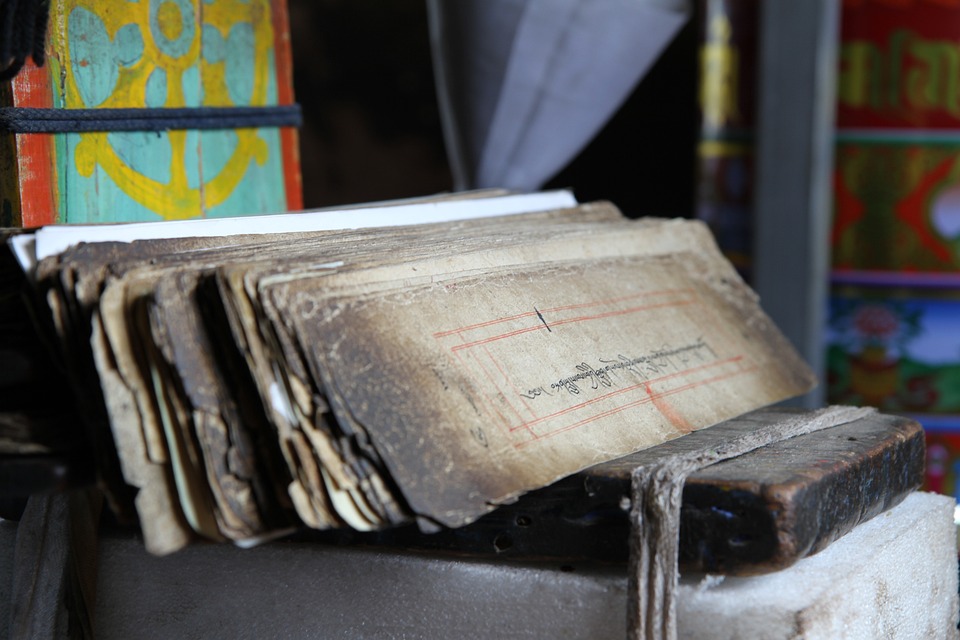

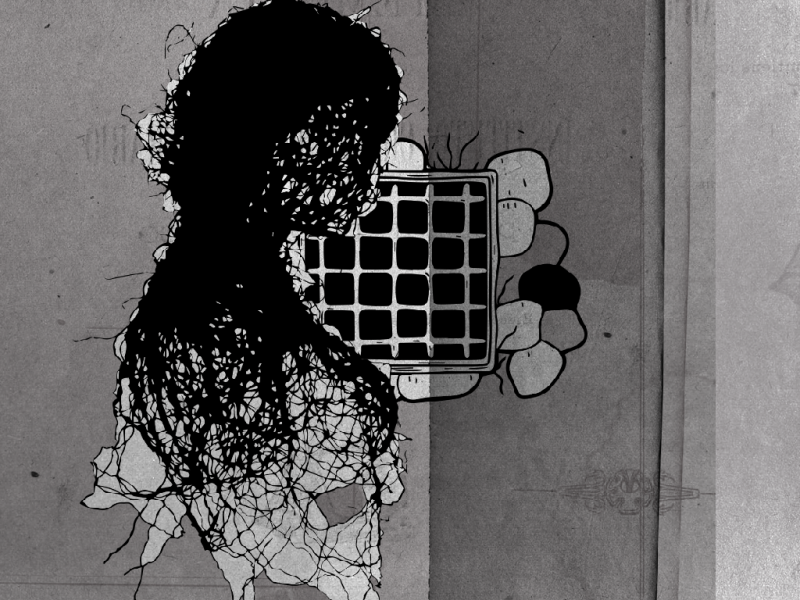



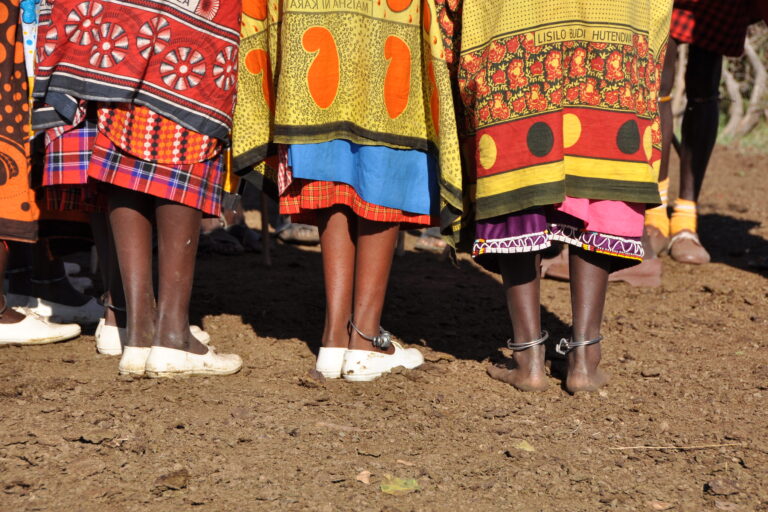


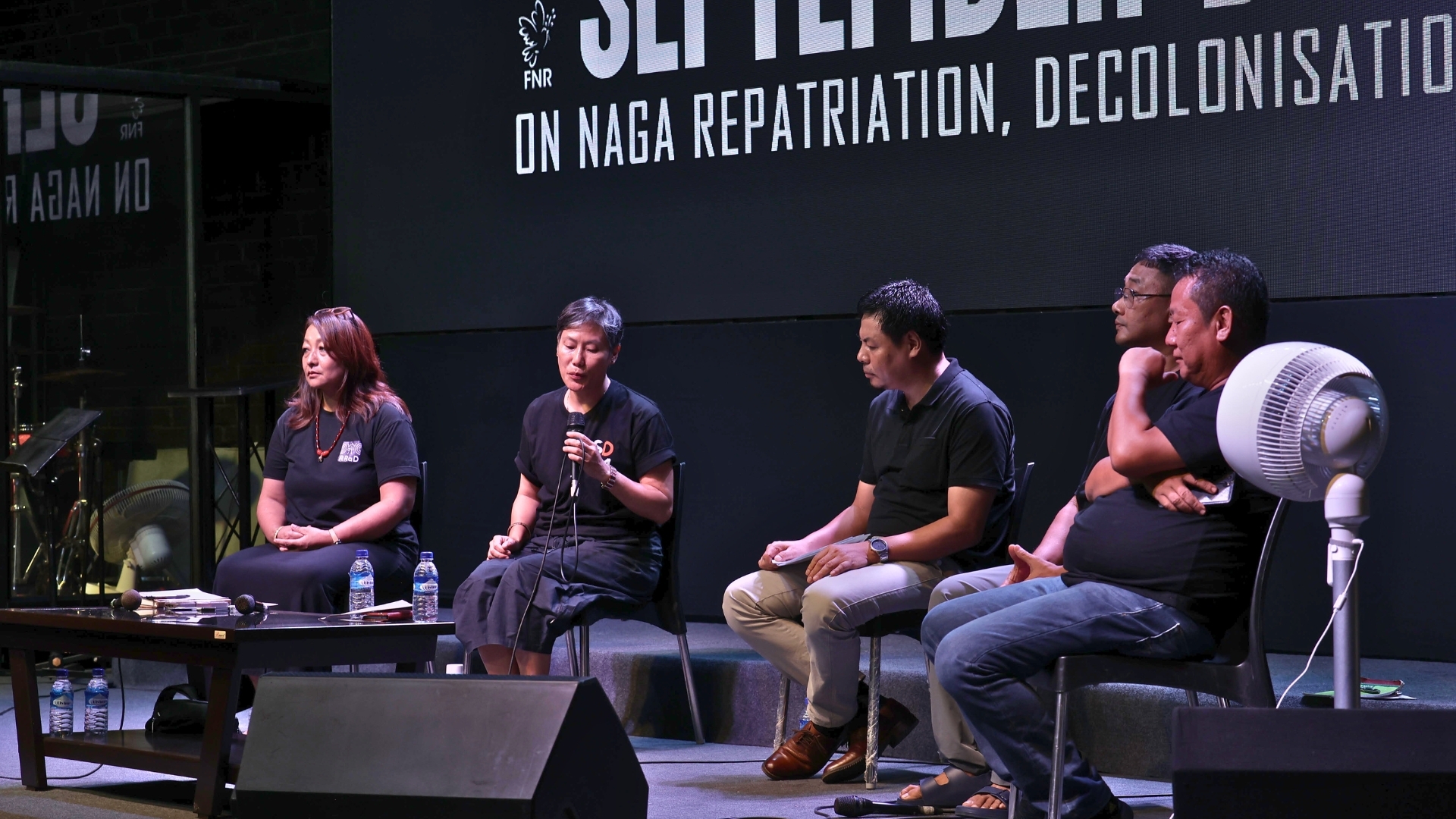
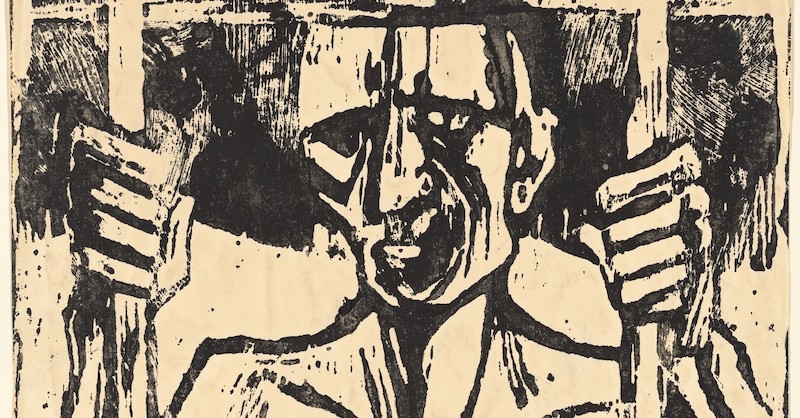

there had been many other options than gigantism, and if the capital reaaaaaaally had to be moved, why not to lampung (not far away from jakarta, no shortage of water supplies, lower risks of floods etc)? instead, “nusantara” is a typical croonie program, with orang koruptor filling their pockets, and leaving damage to the rest, driving away indigenous population etc